Jean Charlot (1897-1979)
Get a Charlot Certificate of Authenticity for your painting (COA) for your Charlot drawing.
For all your Charlot artworks you need a Certificate of Authenticity (COA) in order to sell, to insure or to donate for a tax deduction.
Getting a Charlot Certificate of Authenticity (COA) is easy. Just send us photos and dimensions and tell us what you know about the origin or history of your Charlot painting or drawing.
If you want to sell your Charlot painting or drawing use our selling services. We offer Charlot selling help, selling advice, private treaty sales and full brokerage.
We have been authenticating Charlot and issuing certificates of authenticity since 2002. We are recognized Charlot experts and Charlot certified appraisers. We issue COAs and appraisals for all Charlot artworks.
Our Charlot paintings and drawings authentications are accepted and respected worldwide.
Each COA is backed by in-depth research and analysis authentication reports.
The Charlot certificates of authenticity we issue are based on solid, reliable and fully referenced art investigations, authentication research, analytical work and forensic studies.
We are available to examine your Charlot painting or drawing anywhere in the world.
You will generally receive your certificates of authenticity and authentication report within two weeks. Some complicated cases with difficult to research Charlot paintings or drawings take longer.
Our clients include Charlot collectors, investors, tax authorities, insurance adjusters, appraisers, valuers, auctioneers, Federal agencies and many law firms.
We perform Jean Charlot art authentication, appraisal, certificates of authenticity (COA), analysis, research, scientific tests, full art authentications. We will help you sell your Jean Charlot or we will sell it for you.
Though French-born, Jean Charlot would become a well-known Mexican painter and muralist, working alongside Diego Rivera and others. Born to a French/Jewish/Mexican mother, Charlot studied at the Ecole des Beaux-Arts in Paris.
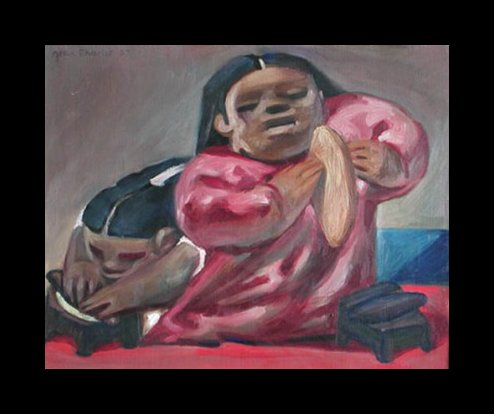

During this time, he became interested in Folk Art, which would later be reflected in his Mexican compositions. This interest in Folk Art was also what helped him to devote his themes to the working class, family and humanity.
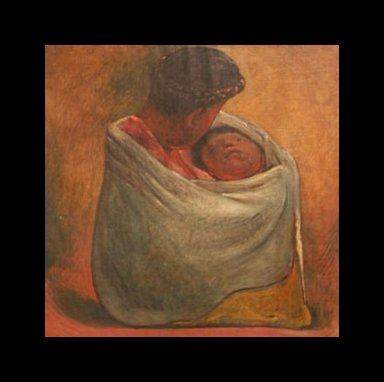

In the early 1920s, Charlot’s mother introduced him to Mexico where his grandfather lived. Shortly after his arrival he painted his first mural at the National Preparatory School in Mexico City. Charlot’s friends in the art world were amazed at his talents as a lithographer and wood cutter, skills that he brought with him from Europe. These skills would later name his as a masterful color lithographer.

By mid 1925, Charlot was in a Dark Period, creating mostly small easel paintings. This was later followed by a stint as an archeological artist for the Carnegie Institute at their site in the Yucatan, Mexico. By 1930, Charlot had moved to New York where he taught art at Columbia University, and would later move to Athens, Georgia, and then Colorado to teach art there as well. This marked the end of Charlot’s stay in Mexico as he would travel and live around the world for the rest of his life.
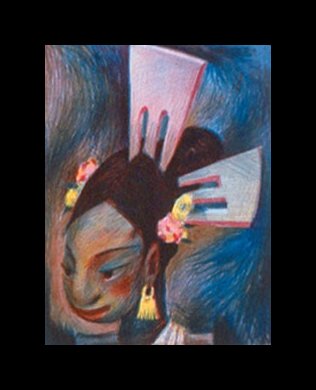
While Charlot is decidedly claimed by the Mexican art community, he also created murals in Hawaii, Fiji, Kansas, Ohio and a number of other places. Even though at this time Charlot was either teaching or editing and writing art books, he still managed to be a rather prolific artist. He continued to create frescos and murals up until the year before he died in Hawaii in 1979.
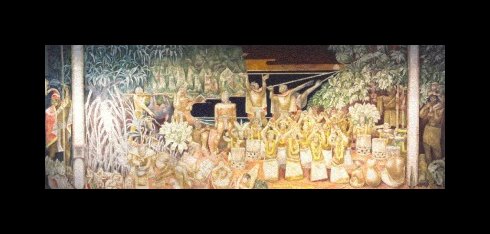
Even though Charlot was not an exclusively Mexican painter, he helped to bring forth the new modern movement among his Mexican contemporaries. Today his works are part of the permanent collections of The Museum of Modern Art and The Metropolitan Museum of Art in New York as well as the Smithsonian Institution in San Francisco and the Art Institute of Chicago.
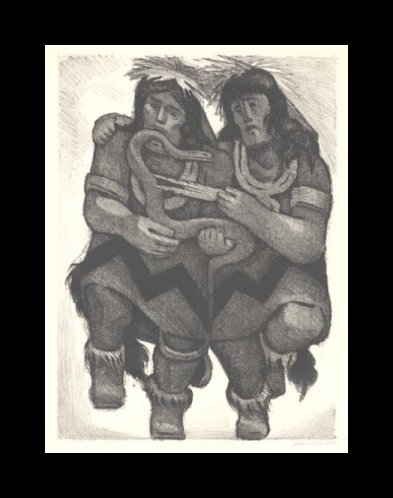
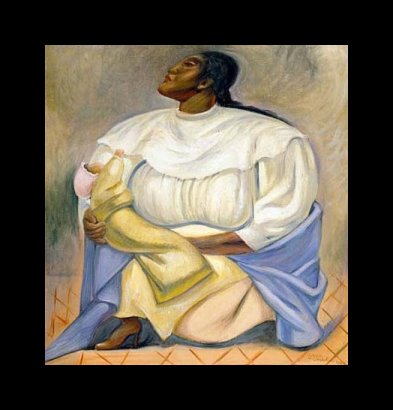
If you believe you own a work of art by Jean Charlot, contact Art Certification Experts. We authenticate, appraise, research and provide Certificates of Authenticity (COA's) for works by Jean Charlot.
